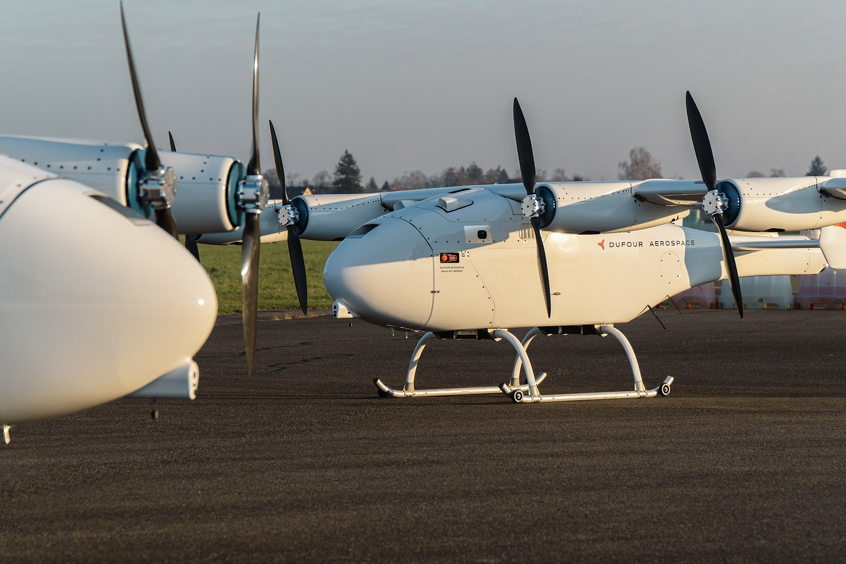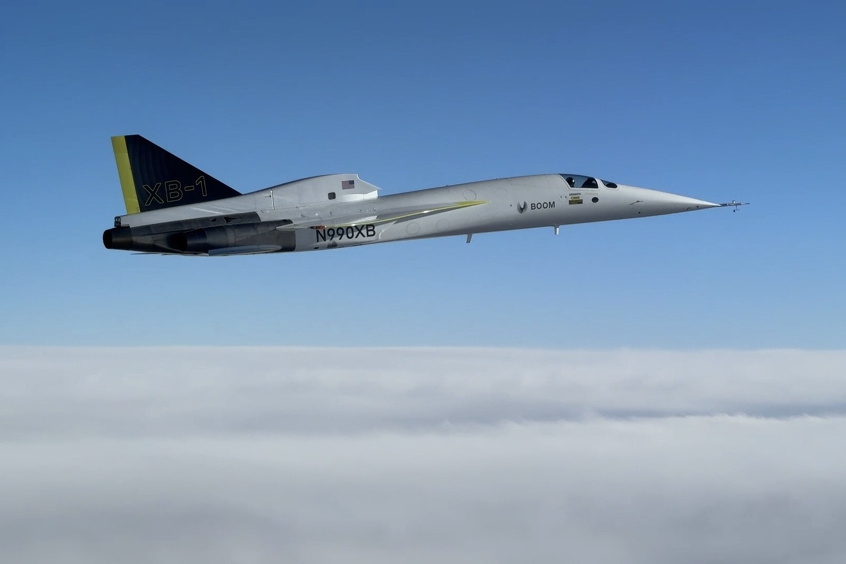BAE Systems reduced process and application time with less waste and better aesthetics by using custom sealant caps made by PPG Industries' (NYSE:PPG) aerospace business to seal fasteners on avionics racks for Typhoon aircraft. The application earned the BAE Systems–PPG Aerospace team a BAE Systems 2008 Bronze Chairman's Award for productivity.
Using PRC seal caps by PPG Aerospace provides BAE Systems a 20-percent labor saving and 50-percent process time reduction compared with wet sealing the more than 200 fasteners on each of six racks for each aircraft. Technicians defrost the exact number of seal caps required, so waste is reduced, and finished racks look neater because capped fasteners are identical.
PRC seal caps are small caps molded from liquid PRC sealant that cures to form a flexible rubber shell. The cured caps are filled with more sealant, and then frozen to arrest curing. The seal caps are thawed and applied over fasteners to cure, affording higher quality, less waste and better uniformity than traditional extruded application.
"The PPG seal caps cost more to purchase than the wet sealant we used previously, but this is more than covered by the advantages they bring in improving operator productivity and reducing cycle time," said Tim Meakin, avionics racks department team leader at BAE Systems' airframe engineering and manufacturing site in Samlesbury.
BAE Systems had used PPG Aerospace's PR-1770 fuel tank sealant, which was manually extruded onto fasteners on six-sided avionics racks measuring about 18 by 18 by 6 inches. Dick Surtees, PPG Aerospace account manager at the Shildon, U.K., Application Support Center, suggested using PRC seal caps during a sales call.
"With so many small fasteners located in such a tight area, it was a challenge for BAE Systems' technicians to apply wet sealant," Surtees said. "PRC seal caps are supplied in ready-to-use trays that are laid out at the work station, thawed, then easily applied over the fasteners. They also require less drying time than wet sealant."
An existing seal cap size considered initially did not meet BAE Systems' weight requirements, he said. "They liked the concept but the initial cap they tried increased weight. We produced prototypes for a smaller cap that exactly matched the profile of the fastener heads and adjusted the wet sealant fill. These were applied to test panels and compared against wet-sealed fasteners. The custom seal caps weighed the same, and the BAE Systems' design department approved their use."
The PRC seal caps used by BAE Systems are made of and filled with the same PR-1770 fuel tank sealant that had been used, so additional qualification was not needed.
Empty caps are made at the seal cap center of excellence at PPG Aerospace's Application Support Center in Mississauga, Ontario, Canada; sent to Shildon for filling and freezing, then delivered to BAE Systems in Samlesbury.
BAE Systems Chairman's Awards recognize BAE Systems employees, colleagues and industry partners for the outstanding new and innovative ways in which they shape BAE Systems and contribute toward its global success.
| Contact details from our directory: | |
| PPG Aerospace Sealants & Coatings | Fuel Tank Coatings, Wash Primers, Fuel Tank Sealants, Synthetic Rubber Sealants, Fluoroelastomer Sealants, Rubber & Silicone Seals, Coatings, Paints |
| BAE Systems plc | Airframer |
| Related aircraft programs: |
| Eurofighter Typhoon |
| Related directory sectors: |
| Non-metal Materials |
Weekly news by email:
See the latest Bulletin, and sign up free‑of‑charge for future editions.

Embraer partners with FPL for Melbourne solar energy project

Pratt & Whitney adds European centre for sustainable aviation

Dufour completes hybrid-electric flight tests for Aero2
